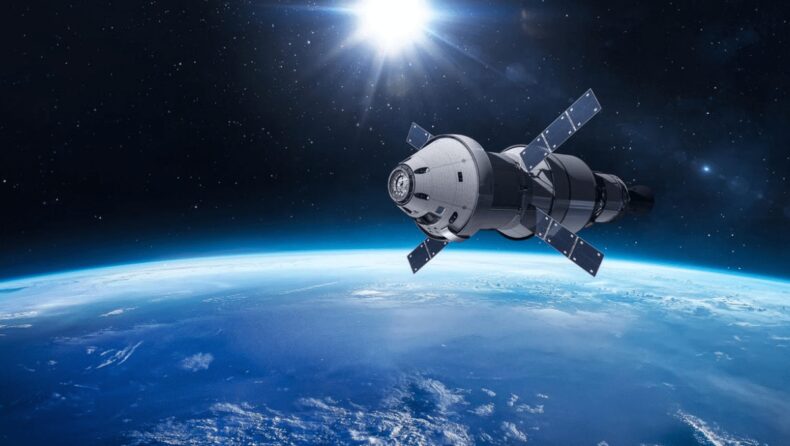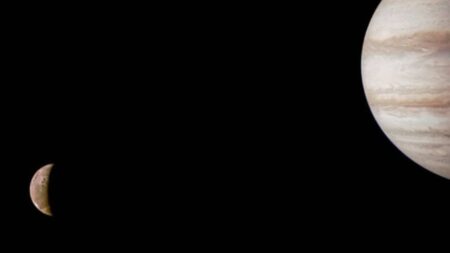Artemis 1, the unmanned space mission is one of NASA’s greatest achievements as it is a stepping stone toward possible human deep space travel.
After a series of test failures, Artemis 1 is finally ready for its launch. During the previous launch attempt, the engineers came across a massive hydrogen leak which they are able to fix successfully so that they can continue with the plan.
Furthermore, the team has established a new cryogenic loading mechanism and ground automation so as to prevent any leaks caused by sudden fluctuations in temperature and pressure.
“The liquid hydrogen leak remains manageable during the Artemis I cryogenic demonstration test. Teams warmed up the quick disconnect umbilical line and the leak then maxed out at 3.4 per cent, which is within the acceptable range to continue,” NASA said in a tweet.
This enables a smooth transition between the two stages at the time of tanking. There will also be a pre- pressurization test in advance to minimize the risk factor during the countdown on the day of the launch.
“The test went really well. We wanted to learn, to evaluate. All of the objectives that we set out to do, we were able to accomplish. I am extremely encouraged by the test today. I couldn’t be more proud of the team.” Charlie Blackwell-Thompson, Artemis I Launch Director, told in a statement.
Objectives all achieved for the launch of Artemis 1
The fueling tests for NASA’s space launch system (SLS) were carried out at the Kennedy Space Center. Since their main concern was fuel leaks, the SLS rocket was filled to the brim with liquid hydrogen and liquid oxygen propellants. The main reason behind this is to check for any leakage that had happened on the last two launches and to repair it.
Usually, liquid hydrogen, a cryogenic gas, can only get liquified at extremely low temperatures. Because of this, it is highly challenging to handle it efficiently. It must be stored at negative 217 degree Celsius and should be managed with extreme care.
Despite all these limitations, Hydrogen does have more positive advantages. It is the only element containing the lowest molecular weight among all other substances. Hence the burning point is very severe, even higher than 2,600 degrees Celsius. It yields the highest efficiency with respect to the amount of propellant exhausted.
There are four major targets to obtain along with this test. Aside from the leak test, there is a pre-pressurization test, performing a kick-start bleed, and finally the loading of the propellants, all of which have been performed with flying colors.
The Artemis 1 is the first in a series of flight missions to set the foundations for human space travel beyond the moon. It is symbolic of our commitment and proficiency to launch a successful uncrewed mission in the future.
On its launch, the capsule will be the first of its kind to orbit the moon in fifty years. Within 2024 humans will board for the second flight test around the moon. Two astronauts will be sent to the moon by 2025.
“The rocket remains in a safe configuration as teams assess next steps,” said NASA.
Another interesting fact is that NASA is planning to assign the first woman and the first person of color on the moon as a part of the Artemis missions. They are also plotting to build a space station called Gateway in the lunar soil thus aiming for a permanent presence as well as acquiring insights on how to survive longer space missions ahead of the Mars mission in 2030.













